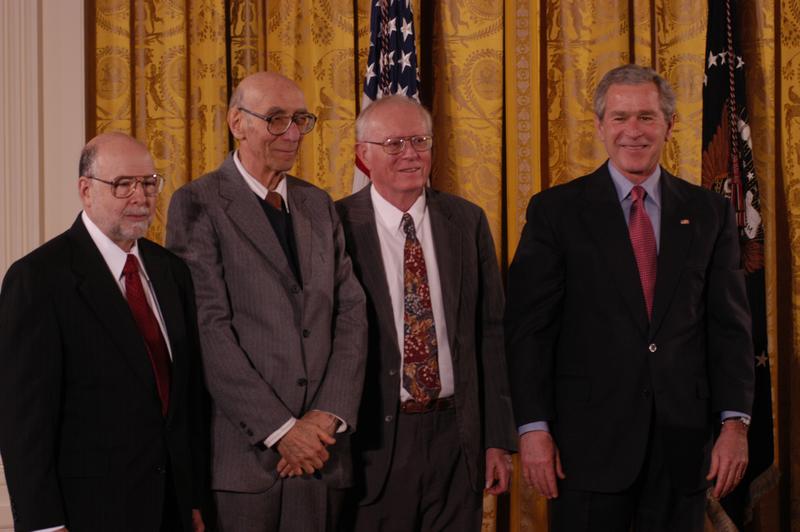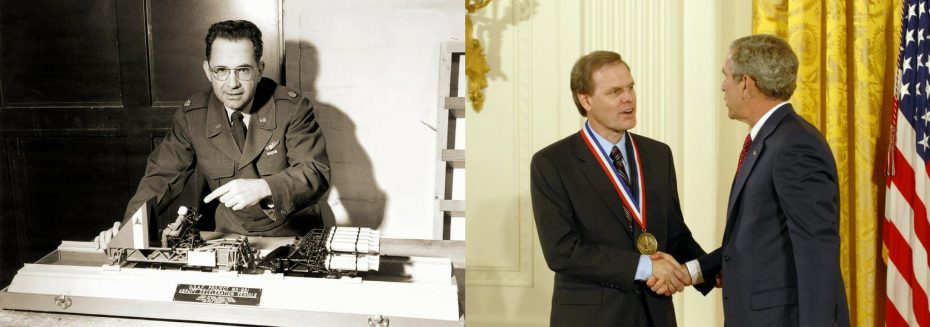When the Clean Air Act of 1970 set new standards for automotive emissions, engineer Rodney Bagley was part of a research team at Corning Incorporated that responded with a solution.
Bagley, who was awarded the National Medal Technology and Innovation alongside Irwin Lachman and Ronald Lewis, co-invented the cellular ceramic substrate that enabled manufacturers to develop the first commercially mass-produced automotive catalytic converter—a device that transforms automobile exhaust pollutants into harmless emissions.
Today, every automobile manufacturer in the world uses this technology, and the trio is credited with helping to reduce automotive pollutants by more than three billion tons worldwide.
A native of Ogden, Utah, Bagley earned his bachelor’s degree in geological engineering and his Ph.D. in ceramic engineering, both from the University of Utah. He spent his entire career working for Corning Incorporated, researching unique ceramic materials. For his work, he was the recipient of several prestigious awards, including the International Ceramics Prize, and he was inducted into the National Inventors Hall of Fame.
By Sydni Dunn





